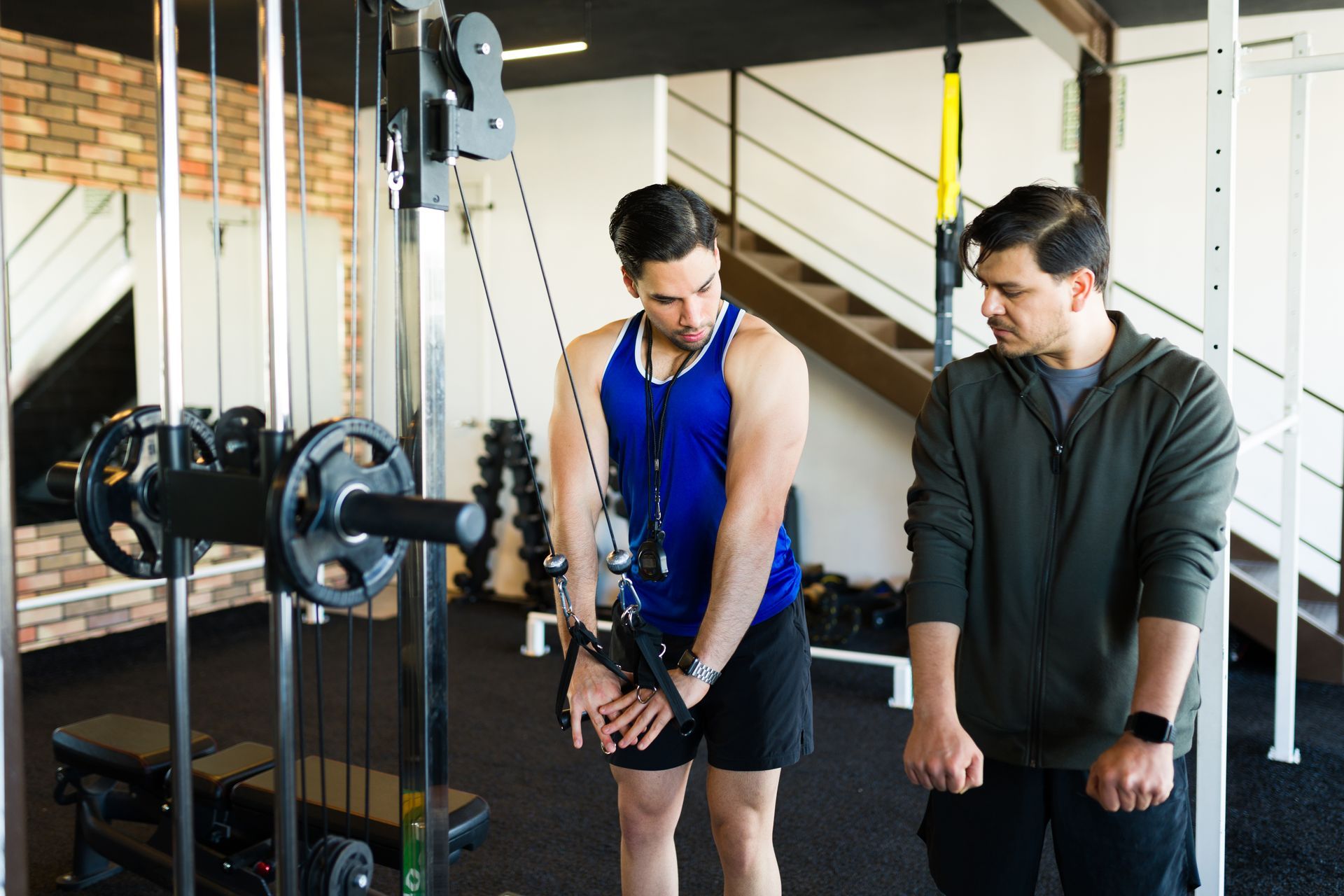January 3, 2023
Protein: Quantity Vs. Quality
This article explains the importance of the quality and quantity of dietary protein.

In the fitness industry, protein is king. It's essential for repairing and building muscle, and is often considered the most important macronutrient for athletes and bodybuilders.
But what if I told you that the type of protein you consume is just as important as how much?
In this post, we'll take a look at the difference between quality and quantity when it comes to protein. We'll also explore some of the best sources of high-quality protein to help you meet your daily needs.
Are you ready to learn more? Let's get to it!
Let’s Talk Amino Acids
When it comes to protein intake, one of the most important things to consider is the amino acid profile of the protein.
All proteins are made up of different combinations of 20 amino acids, and some amino acids are considered essential, meaning that our bodies are not able to produce them on their own.
For this reason, it is essential that we get all 9 essential amino acids from our diet via foods that contain these critical building blocks.
From an athletic perspective, the right balance of amino acids can have major benefits for muscle growth and recovery, making it even more crucial for active individuals to monitor their protein intake closely.
With this in mind, it is clear that understanding the role of amino acids in nutrition is key to achieving optimal health and wellness
And well, this is one of the reasons why 1g of protein is different across certain food groups.
Bioavailability
As we learned, with the goal of optimizing protein intake, the protein quality is critical.
In addition to the quantity of protein in the diet, it is also essential to consider the bioavailability of proteins.
This simply refers to how well a given source of protein can be used by the body.
Ultimately, when we strive to improve our overall nutrition levels through increased intake of protein, quantity, and quality are both key factors that we must consider together.
Animal Sources
Many sources of protein are popular among health-conscious individuals, such as plant-based protein bars and shakes, but animal foods are generally considered to be the best sources of high-quality protein.
This is due in large part to their amino acid profile and high bioavailability.
Animal proteins are rich in all the essential amino acids our bodies need to function properly, and these amino acids can be easily broken down and absorbed by our bodies.
In addition, animal foods also contain many other nutrients that support overall health and well-being, including iron and vitamin B12.
As such, it is clear that animal foods are an ideal source of protein for anyone who wants to maintain optimal health.
And the good thing is, you don't need to consume big amounts - a couple of hundred grams a day, combined with other food sources, can do the job.
Plant Sources
While plant foods are generally considered to be healthier than animal products, they do fall short in one key area: protein quality and bioavailability.
This is because many plants lack certain essential amino acids that are vital for muscle development and repair.
In addition, compared to animal products, plant foods have lower levels of bioavailable protein due to their high levels of fiber and phytate content.
Despite these issues, a well-balanced plant-based diet can still provide all of the essential nutrients needed for optimal health, including plenty of protein.
With careful planning and some knowledge about which foods work best together, it is possible to create a diet that provides all the building blocks necessary for fitness and wellness.
That is to say that if you are plant-based, it is not entirely hindering by no means.
It is just harder to meet your needs and takes more planning to do so.
Daily Requirements
There is much debate about daily protein requirements for adults.
Some experts argue that we need significantly more protein than the standard 2-3 servings per day, while others say that most of us already get all the protein we need from a variety of whole foods.
All in all, though, the general recommendations of 1g of protein per lb of bodyweight seem to hit the spot for most active trainees.
For people who are not as engaged in training, the protein intake can go as low as 0.6 grams.
Generally speaking, the daily optimal protein intake forms in the range of 0.6-1g of protein per lb of body weight. And again, you will be much closer to the high end of this the more active you are, and the more muscle mass you have.
How Much Is Too Much?
Contrary to popular belief, there is no limit to how much protein the body can absorb.
This has been demonstrated time and again in scientific studies, which continue to show that our bodies are able to take up and effectively use a wide range of protein sources, in various amounts
On another note, it is quite difficult to actually overconsume protein.
One of the main reasons for this is that protein is highly satiating, meaning that it keeps us feeling full long after we've eaten it.
This makes it much harder to consume too much protein than you might think.
All in all, protein is an essential macronutrient for a healthy body and diet. And the bottom line is that there's no need to worry about getting too much protein - just make sure to get enough of it.
The Verdict
So, what’s the verdict? Quantity or quality when it comes to protein? The answer is both!
You need a good quantity of high-quality protein in your diet to see results and sustain the healthy functioning of your body.
So how do you plan on incorporating more high-quality protein into your diet?





